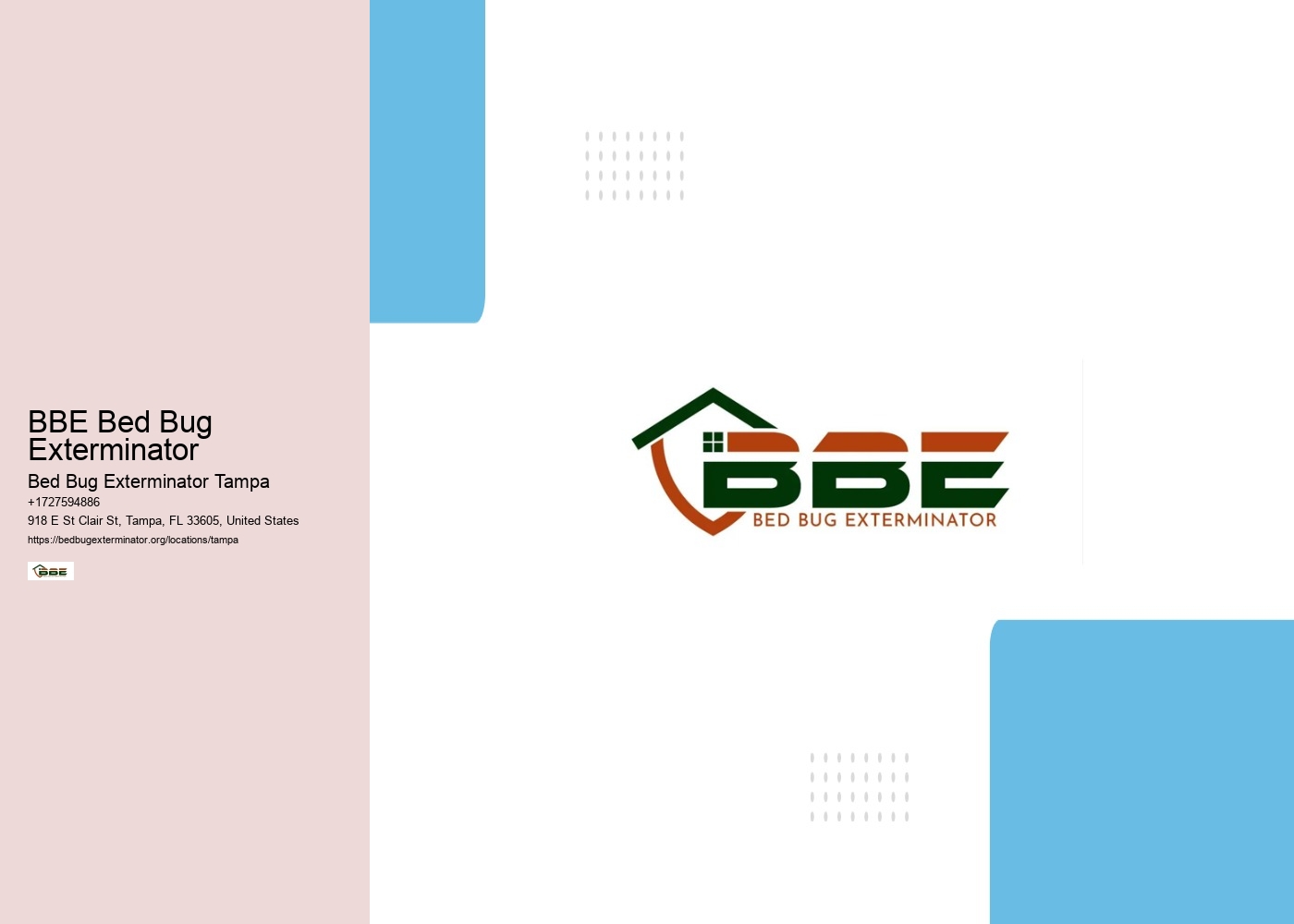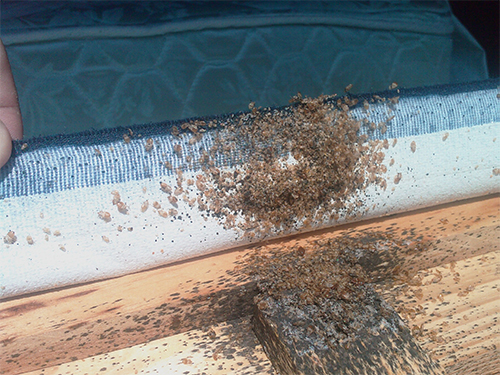

Bed bugs, once a nuisance largely relegated to the past, have resurfaced as a significant concern for homeowners and travelers alike.
Understanding how to identify an infestation, the treatment options available, and effective prevention strategies is vital for managing this issue. Many individuals grapple with the efficacy of DIY solutions versus professional extermination services.
As we explore answers to common inquiries surrounding bed bug treatment, it becomes evident that a thorough comprehension of these pests is essential for effective resolution. What insights can help you navigate this troubling situation?
Bed bugs are small, parasitic insects that primarily feed on the blood of humans and animals. Scientifically known as Cimex lectularius, these nocturnal pests are typically reddish-brown in color, measuring around 4 to 5 millimeters in length. Bed bugs are adept at hiding in various environments, often residing in cracks, crevices, and bedding materials.
They are notorious for their ability to reproduce quickly, with a female capable of laying hundreds of eggs over her lifetime. The presence of bed bugs can lead to significant discomfort and anxiety, as their bites can result in itching and irritation.
Understanding the biology and behavior of bed bugs is essential for developing effective treatment and prevention strategies.
Identifying an infestation of bed bugs requires careful observation and awareness of specific signs that indicate their presence. Look for small, reddish-brown insects, approximately the size of an apple seed, often hiding in mattress seams, bed frames, or cracks in furniture.
Additionally, inspect for dark spots or smears on sheets and bedding, which are fecal stains from bed bugs. Shed skins, often found near affected areas, can also signal an infestation. Unusual bite marks on the skin, typically resulting in clusters or lines, may indicate bed bug activity.
If you notice any of these signs, it is essential to act promptly, as bed bugs can reproduce rapidly, leading to more extensive infestations.

When dealing with a bed bug infestation, a variety of treatment options are available to effectively eliminate these pests. Professional extermination services are often the most reliable method, employing techniques such as heat treatment, insecticide sprays, and vacuuming to eradicate bed bugs at all life stages.
Heat treatment involves raising the temperature of infested areas to lethal levels for bed bugs, while insecticides target the pests directly. Additionally, encasements for mattresses and box springs can prevent bed bugs from entering or escaping.
Integrated pest management (IPM) combines multiple strategies, including monitoring and prevention measures, to guarantee long-term control. Choosing the right treatment often depends on the severity of the infestation and the specific circumstances of the affected environment.
Exploring DIY bed bug solutions can be an effective approach for those seeking to manage minor infestations or complement professional treatments. One popular method is using heat, as bed bugs cannot survive temperatures above 120°F; washing and drying infested bedding and clothing on high heat can eliminate these pests.
Vacuuming regularly, particularly in seams and crevices, can also help remove bed bugs and their eggs. Additionally, diatomaceous earth, a natural insecticide, can be sprinkled in areas where bed bugs are suspected, as it dehydrates and kills them upon contact.
Essential oils, such as tea tree or lavender, have been found to repel bed bugs, although they may not provide complete eradication. Always combine these methods for ideal results.

For those facing a significant bed bug infestation, enlisting professional extermination services can often provide the most effective and thorough solution. Trained pest control specialists possess the expertise and tools necessary to identify the extent of the infestation and implement targeted treatments.
They typically employ a combination of chemical treatments and heat applications, ensuring that all life stages of bed bugs are eradicated. Additionally, professionals conduct extensive inspections to locate hidden infestations in mattresses, furniture, and wall crevices, which may be overlooked in DIY approaches.
The use of professional-grade insecticides and equipment enhances the likelihood of complete elimination. Ultimately, hiring a licensed exterminator not only saves time but also minimizes the risk of recurring infestations, providing peace of mind to affected households.
Regularly implementing preventive measures is essential to safeguarding your home from future bed bug infestations. Start by inspecting second-hand furniture and clothing before bringing them into your home. Utilize mattress and box spring encasements designed to trap bed bugs and prevent their entry.
Regular vacuuming, particularly in sleeping areas and along baseboards, can help eliminate any stray pests and their eggs. Additionally, maintain clutter-free spaces to reduce potential hiding spots. When traveling, inspect hotel rooms for signs of bed bugs and keep luggage elevated off the floor.
Finally, consider periodic professional inspections, even if you haven't detected any signs of infestation, as a proactive approach to ensuring your home remains bed bug-free.

Bed bugs are indeed more prevalent in certain climates, particularly in warmer regions. These pests thrive in temperatures between 70�F and 80�F (21�C to 27�C), which allows them to reproduce rapidly. Additionally, urban areas with high population density tend to provide ample opportunities for bed bugs to spread, as they can easily hitch rides on clothing, luggage, and furniture. Consequently, both climate and population density markedly influence bed bug infestations.
The duration of a professional bed bug treatment typically ranges from two to four hours, depending on the severity of the infestation and the size of the area being treated. Following this initial treatment, it may take several days to observe a reduction in bed bug activity, with follow-up visits often recommended to guarantee complete eradication. Ultimately, the timeline can vary based on the specific circumstances of each case, requiring tailored solutions.
Bed bugs primarily inhabit areas close to human hosts, such as bedding and furniture, but they can occasionally be found in electronics. While it is uncommon for bed bugs to live in phones and laptops due to the lack of conducive environments for breeding and feeding, they may seek refuge in small crevices or components. Consequently, it is essential to inspect and maintain cleanliness in electronic devices, especially during a bed bug infestation.